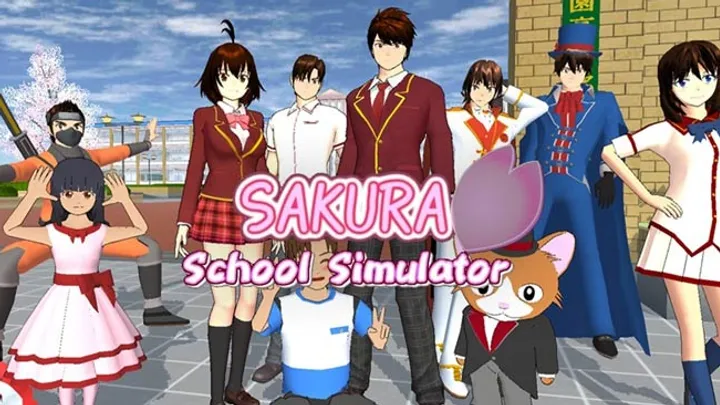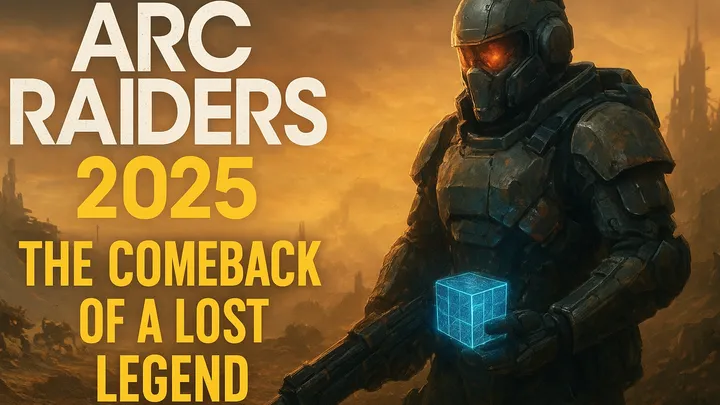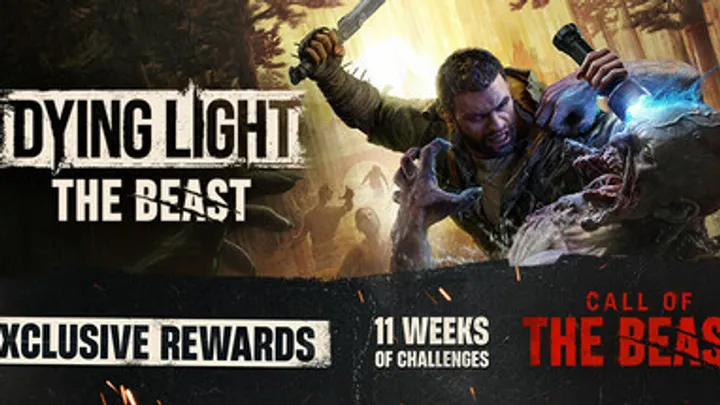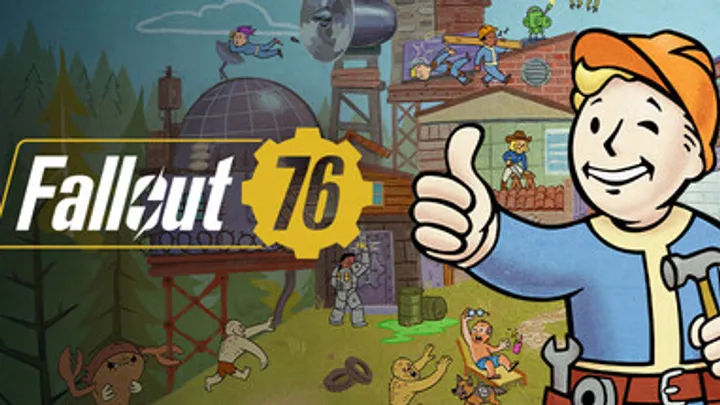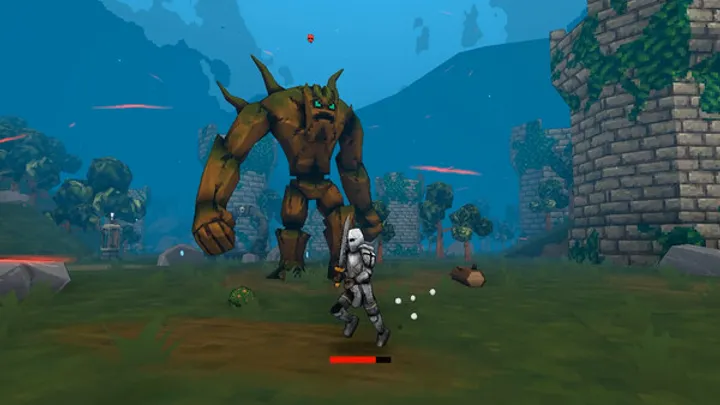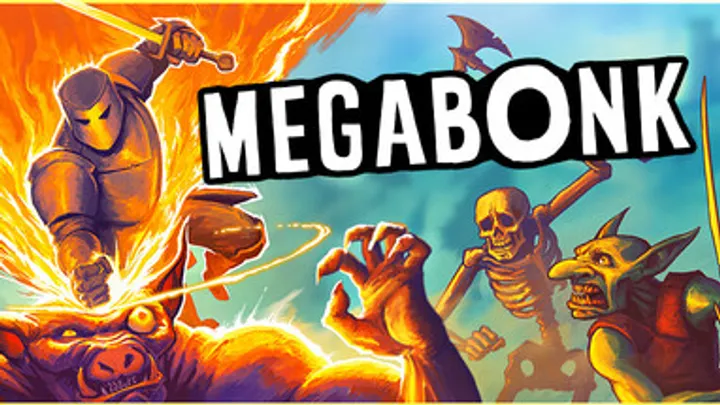Introduction
In the noisy arena of online culture, few games embody pure absurdity quite like Megabonk. What started as a viral meme has evolved into a chaotic digital experience that blurs the line between comedy, control, and psychological manipulation. Players don’t just fight; they bonk. But beneath its laughter and memes lies something far deeper — a satire of digital behavior, a study of social impulse, and a mirror reflecting how the internet itself feeds on madness. This article dives into the hidden structure of Megabonk: the psychology, symbolism, and subtle brilliance hiding beneath its surface chaos.
1. The Birth of the Bonk: From Meme to Mechanic
Every legend starts somewhere, and Megabonk began as a meme — a simple, humorous “bonk” representing comedic punishment or social correction online. Developers took that absurdity and built an entire world around it.
In Megabonk, bonking is not just an action; it’s a culture. The act of swinging your bat at someone’s head becomes symbolic of internet commentary — the constant exchange of opinion, outrage, and reaction. By transforming a meme into gameplay, Megabonk weaponizes humor itself, turning laughter into a game mechanic.
This origin reveals one of the game’s cleverest layers: Megabonk is both parody and prophecy. It mocks how the internet works while thriving because of it.
2. The World of Megabonk: A Digital Circus of Madness
The environments in Megabonk are pure chaos — arenas filled with physics-defying landscapes, randomized objects, and absurd physics. It’s intentionally unpredictable, a world designed to collapse into disorder.
This design choice mirrors the online ecosystem where Megabonk was born. Social media, gaming communities, and meme culture thrive on randomness and emotional overreaction. By gamifying unpredictability, Megabonk turns digital entropy into art.
Players are not meant to win; they are meant to react. The world laughs at your failure, and you laugh back — an infinite loop of joyful frustration that reflects the online attention cycle.

3. The Psychology of Bonking: Control, Chaos, and Catharsis
Every bonk in Megabonk releases something primal. It’s not just about defeating others but about releasing digital stress.
Players enter Megabonk to lose control safely. It’s digital catharsis — a way to channel rage, anxiety, or boredom into pure ridiculousness. The act of bonking becomes symbolic of reclaiming agency in an uncontrollable world.
Yet, ironically, Megabonk mocks the idea of control itself. The physics system ensures that every swing could backfire. Your triumph often becomes your downfall. This balance between chaos and control gives the game psychological depth disguised as comedy.
4. The Community Effect: Collective Insanity as Entertainment
What truly powers Megabonk is not its gameplay, but its community. Streams, clips, and memes form a self-replicating ecosystem of madness. Every match spawns new moments of absurd brilliance that feed into the next viral cycle.
This mirrors how modern entertainment functions — players become content creators, audiences become participants, and chaos becomes currency. Megabonk is not just a game; it’s a performance art piece powered by its players.
The community’s willingness to embrace nonsense transforms Megabonk from a simple physics brawler into a living satire of internet culture itself.
5. Symbolism in the Bonk: Humor as a Weapon
At first glance, the bonk is a joke — a cartoonish hit accompanied by exaggerated sound effects. But symbolically, it’s much deeper. The bonk represents digital accountability, mockery, and rebellion all at once.
To bonk someone in Megabonk is to challenge them, but without real harm. It’s competitive humor — a language of chaos that mocks seriousness.
This reflects the modern meme era: the ability to dismantle power or conflict through absurdity. The bonk becomes a form of peaceful protest — a joke so powerful it nullifies anger.
6. The Architecture of Absurdity: Design That Feels Like a Fever Dream
Underneath its silliness, Megabonk is brilliantly designed. Every object and physics system contributes to the game’s comedic rhythm.
Players slip on bananas, launch themselves across the map with random items, or accidentally bonk themselves into oblivion. These deliberate imbalances are not flaws — they are the essence of the game.
The chaos is structured. The randomness has rhythm. And it is in this design that Megabonk transforms stupidity into strategy. Mastering chaos becomes an art form, teaching players to find peace in unpredictability.
7. Social Commentary: The Internet as a Battlefield of Bonks
Beyond the laughs, Megabonk is a satire of the digital age. Every match is a metaphor for online interaction — people colliding, shouting, overreacting, then laughing about it moments later.
The arenas represent social media platforms; the players, avatars of collective outrage. The bonks themselves symbolize the exchange of digital emotion — fast, funny, and fleeting.
By turning social behavior into a combat system, Megabonk highlights how the internet rewards chaos. The more absurd your action, the more attention you earn — a mirror held up to meme culture’s logic.

8. The Paradox of Fun: Finding Meaning in Meaninglessness
At its core, Megabonk asks a quiet question: Why are we having fun? Nothing in the game truly progresses. There are no grand rewards, no ultimate victories. Yet players return endlessly, addicted to the nonsense.
This endless loop reflects the human craving for distraction. In a world overwhelmed by seriousness, Megabonk provides the freedom to stop caring — to embrace the irrational.
It’s the philosophy of joyful nihilism: meaning is optional, laughter is not.
9. The Evolution of Megabonk: From Joke to Movement
As updates roll out, Megabonk evolves beyond parody. Developers introduce new modes that experiment with narrative absurdity — bonking through dream worlds, simulation loops, and multiverse arenas.
The lore becomes a self-aware mockery of storytelling itself. Players joke that even the developers have lost control — a fitting metaphor for a game built on unpredictability.
Yet through this madness, Megabonk achieves something rare: it unites people through laughter. No ideology, no agenda — just shared chaos. It becomes a community religion of humor, where every bonk is a prayer to absurdity.
10. The Philosophy of the Bonk: Laughter as Resistance
In the end, Megabonk is more than a meme game — it’s a statement. It reminds players that humor can be rebellion, chaos can be freedom, and nonsense can be deeply human.
When you bonk someone, you’re not attacking them — you’re participating in a ritual of shared release. It’s the internet’s purest form of emotional expression: fast, funny, and fleeting.
The world of Megabonk doesn’t need logic to make sense. It just needs laughter to stay alive.
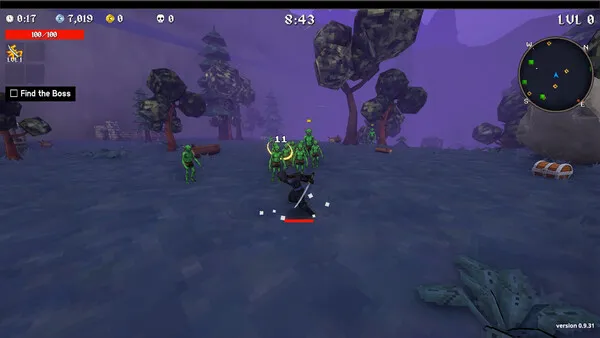
Conclusion
Megabonk began as a joke and became a psychological mirror. It turns meme culture into interactive philosophy, chaos into communication, and laughter into power. Beneath the layers of stupidity lies a genius understanding of human behavior — our need to connect, to rebel, and to laugh in the face of meaninglessness. It is the internet’s ultimate reflection: irrational, brilliant, and endlessly alive.
